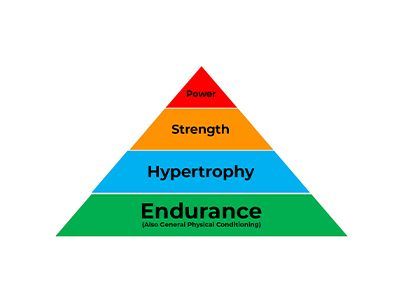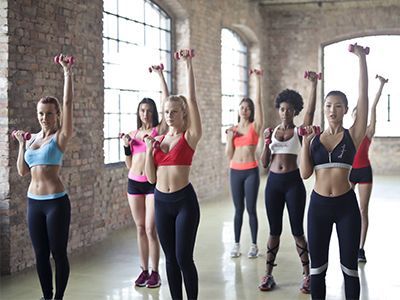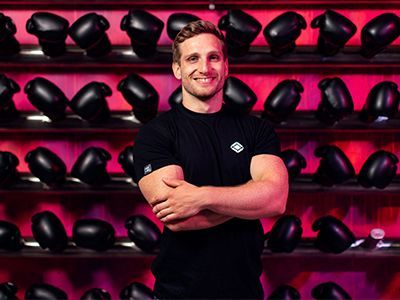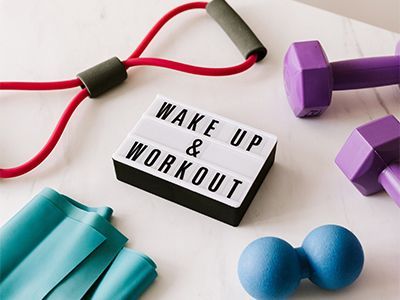Understanding Body Composition: Beyond Weight Loss
When we talk about fitness goals, the term ‘body composition’ often arises, sometimes interchangeably with ‘losing weight.’ However, as fitness professionals, we understand that body composition encompasses far more than a number on a scale. It refers to the ratio of various components within the body, including water, muscle, fat, tissue, and bone. Defining this term is crucial because it guides our approach to exercise training and nutrition, ensuring that we tailor programs to meet our clients' specific needs and goals.
Be accurate with WHY...
One of the primary responsibilities of a fitness professional is to engage in discussions with clients to precisely understand their objectives regarding body composition. These discussions enable us to advise on appropriate exercise choices, intensity levels, and safe delivery methods. Body composition goals can vary widely, from improving general health to enhancing sports performance, achieving body confidence, or preparing for bodybuilding competitions.
General Health
A balanced body composition significantly impacts overall health. Lean muscle tissue, for instance, not only takes up less space than body fat but also burns more calories, supports joint function, improves bone mass, and enhances circulation. Conversely, high levels of body fat increase the risk of various health conditions, including heart disease, diabetes, high blood pressure, and stroke. By understanding these dynamics, fitness professionals can design programs that promote optimal health outcomes for their clients.
Sports Performance
In sports, body composition plays a crucial role in performance. Lean muscle tissue is essential for improving movement efficiency, reducing injury risk, and achieving an optimal strength-to-weight ratio. These factors are vital for athletes across various disciplines, highlighting the importance of tailored exercise programs aimed at optimising body composition for enhanced performance.
Body Building and Fitness Competition
In competitive settings such as bodybuilding or fitness competitions, body composition takes centre stage. Contestants are judged based on factors like muscle size, shape, vascularity, and striations, often requiring extremely low body fat levels. While these standards may not always align with overall health, they underscore the significance of body composition in achieving specific aesthetic goals.
Body Confidence and Self-Esteem
For many individuals, achieving their desired body composition is closely linked to feelings of confidence and self-esteem. Recognising this connection, fitness professionals strive to support clients in their journey towards improved body image and overall well-being. By addressing both physical and mental aspects, trainers can help clients achieve lasting transformations that extend beyond physical appearance.
Measuring Body Composition
Several methods exist for measuring body composition, each with its advantages and limitations. Skinfold measurements offer a cost-effective way to directly assess subcutaneous body fat, but their accuracy depends on the skill and consistency of the practitioner. Bioelectrical impedance analysis (BIA) provides a convenient and accessible option, although its accuracy may vary based on factors like hydration levels and activity. For those seeking the most precise measurements, DEXA scans offer unparalleled accuracy but may come with higher costs and accessibility challenges.
Designing Effective Programs
When working with clients to improve body composition, fitness professionals prioritise exercises that promote muscle growth, fat loss, and overall metabolic efficiency. Compound exercises and metabolic conditioning are often central to these programs, helping clients achieve their goals effectively and efficiently. Additionally, integrating nutritional strategies alongside exercise routines is essential for optimising results and maintaining long-term success.
A Note on Nutrition
In ANY attempt to change body composition, it is essential that the nutritional component is considered carefully. Poor nutrition will, at the very least, reduce the effectiveness of an exercise program, limiting recovery and adaptation, and at its worst, will completely sabotage the efforts of you and your clients.
In general, the more specific the goal, the greater the need for specific nutritional advice. High performance athletes, specific populations and bodybuilders and fitness models will all need the help of someone qualified around food and nutrition. For clients with more modest goals, it is likely that the ADG can provide guidelines and advice that will support their training.
Clients training for body composition goals can be more prone some unhealthy eating and exercise behaviours in pursuit of their goals. Whilst not with our Scope of Practise to diagnose or treat any of these conditions, it is important to recognise some of the signs and symptoms that individuals may display so that we can potentially refer out to an allied health professional.
Take Home Message
Understanding and addressing body composition is fundamental to the work of fitness professionals. By clarifying clients' goals, employing appropriate measurement techniques, and designing tailored programs, trainers can empower individuals to achieve their desired body composition while promoting overall health and well-being. Ultimately, it's not just about losing weight—it's about fostering positive transformations that enhance both physical and mental health.
Visit
AFHP.com.au to learn more about our courses!
Share this blog
Read more from Academy of Fitness and High Performance
